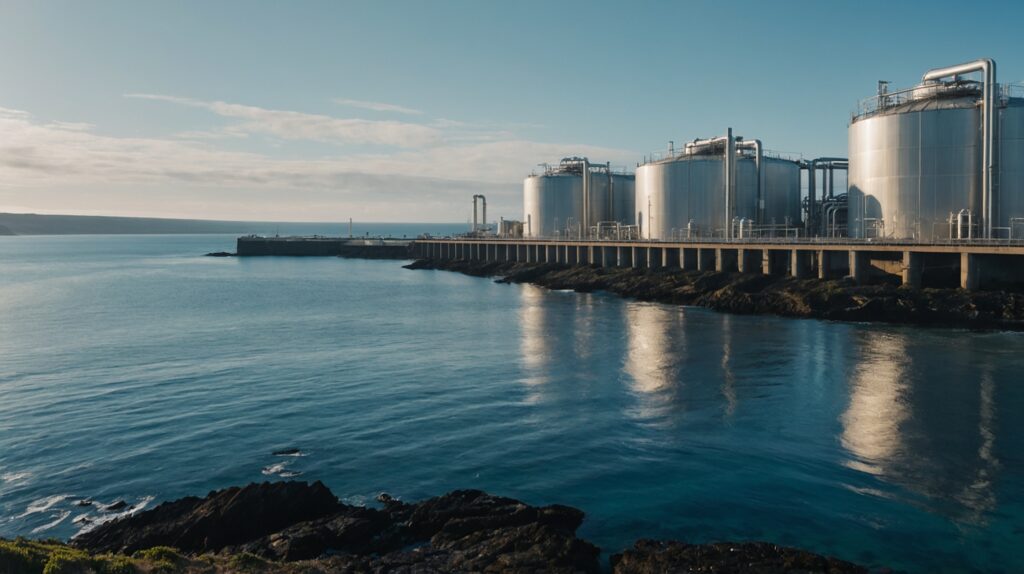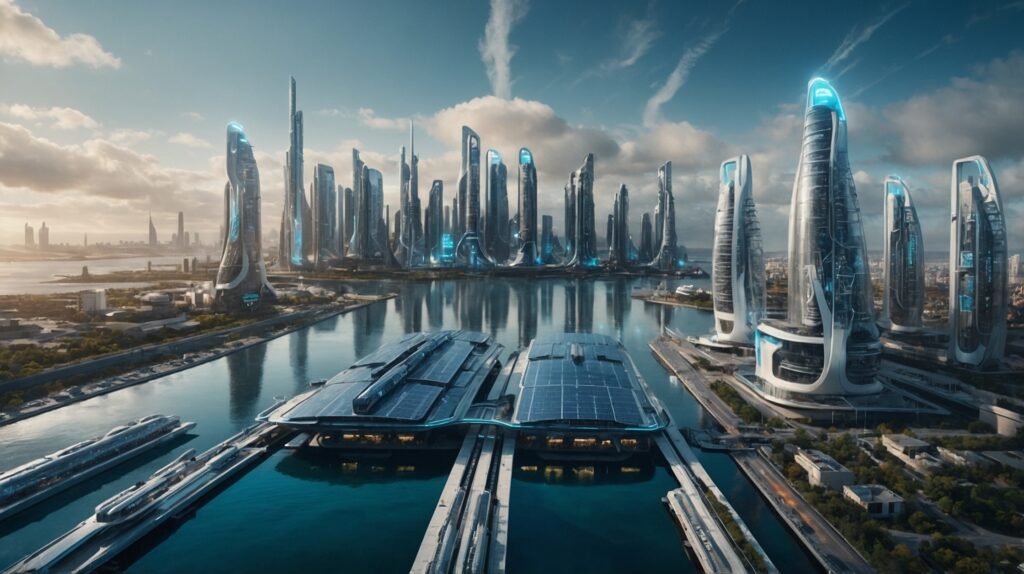
In a significant leap forward for clean energy production, a new technology promises to revolutionize how we produce hydrogen fuel. For the first time, electrodes capable of generating hydrogen from seawater without producing harmful chlorine gas are set to enter commercial production.
The Challenge of Seawater Electrolysis
Traditionally, producing hydrogen through electrolysis has been limited to using pure water – an increasingly scarce resource globally. The process of splitting seawater to produce hydrogen has long been fraught with challenges, primarily due to its corrosive nature and the risk of generating toxic chlorine gas.
A Game-Changing Innovation
California-based startup Equatic, with support from the US Department of Energy’s Advanced Research Projects Agency–Energy (ARPA-E), has developed a groundbreaking solution. Their new electrode design can split seawater into four “streams”:
- Useful oxygen
- Clean hydrogen fuel
- A harmless acidic stream
- A harmless alkaline stream
The latter two can be safely recycled back into the ocean, making this a potentially sustainable process.
How It Works
The heart of this innovation lies in a specially designed anode. Unlike traditional electrodes, Equatic’s version includes a chlorine-blocking layer that allows water to flow through the catalyst while stopping salt. This selective approach prevents the formation of chlorine gas, which has been a major hurdle in seawater electrolysis.
Environmental Benefits
Beyond producing clean hydrogen fuel, this technology offers additional environmental advantages:
- The alkaline stream can react with atmospheric CO2, forming stable minerals that can be returned to the sea.
- The acidic stream can be neutralized by flowing over silica-rich rocks before being returned to the ocean.
Scaling Up: From Lab to Commercial Production
Equatic is now taking bold steps to scale up this technology:
- A new factory in California will produce 4,000 anodes annually.
- A demonstration plant in Singapore is under construction, with ambitious targets:
- Removal of 10 tonnes of CO2 per day
- Production of 300 kilograms of hydrogen daily
The Road Ahead

While this development is promising, experts like Pau Farras from the University of Galway emphasize the need for real-world performance data. The true test will be how these electrodes perform in actual oceanic conditions over extended periods.
As we face increasing challenges from climate change and resource scarcity, innovations like this offer a glimmer of hope. By tapping into the world’s most abundant water resource – our oceans – for clean fuel production, we may be witnessing a significant step towards a more sustainable energy future.
